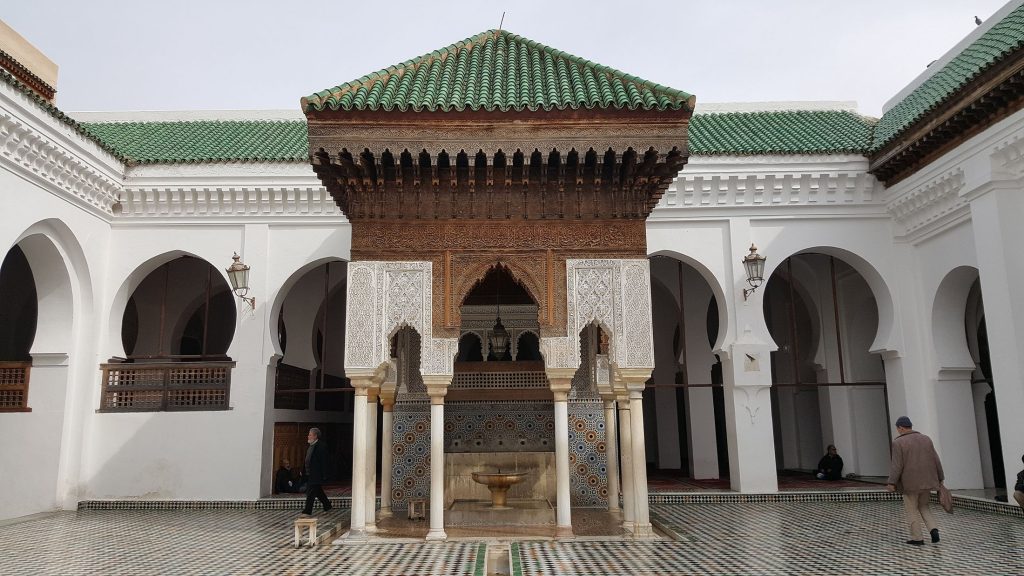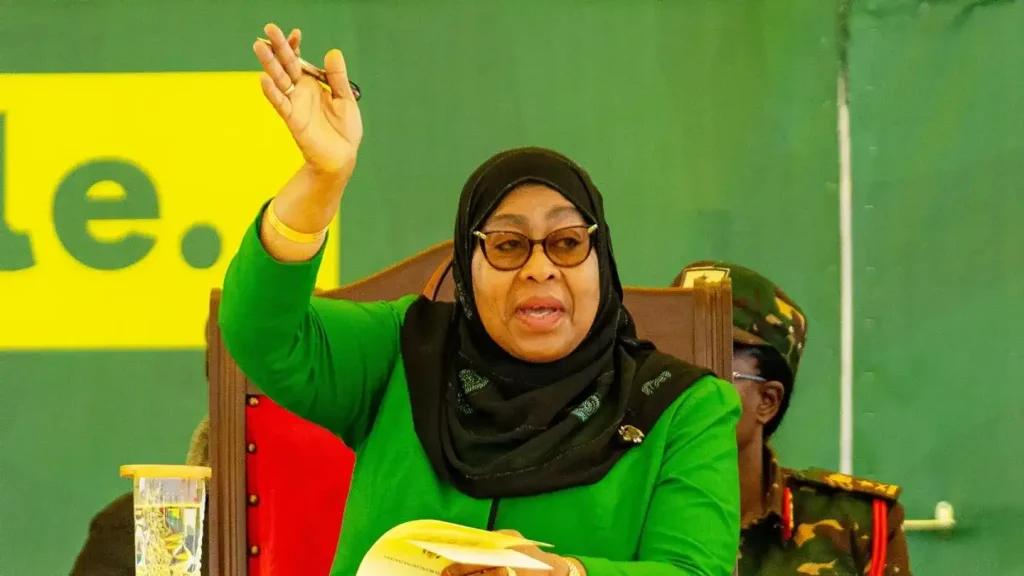Indonesian student Kamel Tahdhib traveled a long way to study at a Moroccan university with a rich history. The university has been attracting students for over 1,000 years since it was first established.
This university also has one of the world’s oldest libraries, which holds valuable Islamic manuscripts that are important to historians.
Founded 12 centuries ago by a trailblazing woman, the university is located in the old medina of Fez, Morocco.
Tahdhib, a 22-year-old new student, said he chose to attend al-Qarawiyyin University because of its “worldwide reputation.”
A wealthy and devoted Muslim woman from Kairaouan in Tunisia, Fatima al-Fihri, funded the construction of al-Qarawiyyin in the 9th century.
At first, it was a mosque, but in the 10th century, it grew into a university when Islamic religious schools, called madrassas, were built around it.
Today, the university has 10 madrassas.
Since 2015, al-Qarawiyyin has specialized in Islamic studies and religious education.
Over time, the university has played a key role in preserving and sharing Islamic knowledge.
However, it wasn’t always focused only on religious teaching, says Driss Fassi Fihri, the vice-president of al-Qarawiyyin University.
“It was originally a university with different areas of education,” he explained.
The university’s library holds many important manuscripts written by famous thinkers, including Ibn Khaldun’s “Muqadimmah.”
Other works include a 9th-century Quran written in Kufic script and a manuscript on Islamic law by Ibn Rochd, also known as Averroes.
According to Guinness World Records, al-Qarawiyyin is the “oldest existing and continuously operating educational institution in the world.”
The biggest challenge for the university today, Fihri says, is how to keep its original mission while also modernizing and using new technology.
As the world changes, al-Qarawiyyin University faces the need to adapt without losing its heritage. The vice-president, Driss Fassi Fihri, believes that embracing new technology is essential for the future, but they must also protect the university’s rich history and tradition.
Modernization efforts are already underway. The university has begun integrating digital tools in its teaching methods, allowing students to access educational resources more easily.
However, some challenges remain, particularly in balancing the use of these new tools with the traditional ways of teaching and learning.
Al-Qarawiyyin’s historic library is also seeing improvements. Preservation projects aim to protect ancient manuscripts while making them more accessible through digitization. This will help scholars around the world study these important texts without risking damage to the originals.
Despite these changes, the core values of al-Qarawiyyin remain the same. The university continues to focus on religious education, especially in Islamic studies, while maintaining its commitment to knowledge and scholarship.
The institution’s ability to bridge the past with the future makes it a unique place of learning, not just in the Muslim world, but globally.
As Kamel Tahdhib and other students begin their journey at al-Qarawiyyin, they join a long line of scholars who have passed through its historic doors.
They are part of a living tradition that blends ancient wisdom with the demands of the modern world. The future of al-Qarawiyyin University will depend on how well it continues to balance these two important aspects: its historical roots and its role in today’s rapidly changing world.























